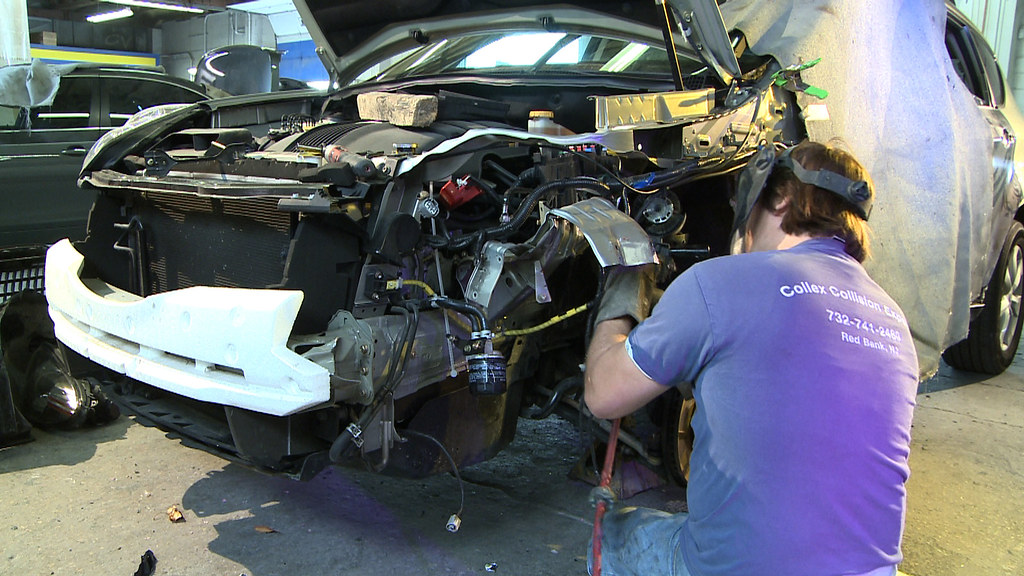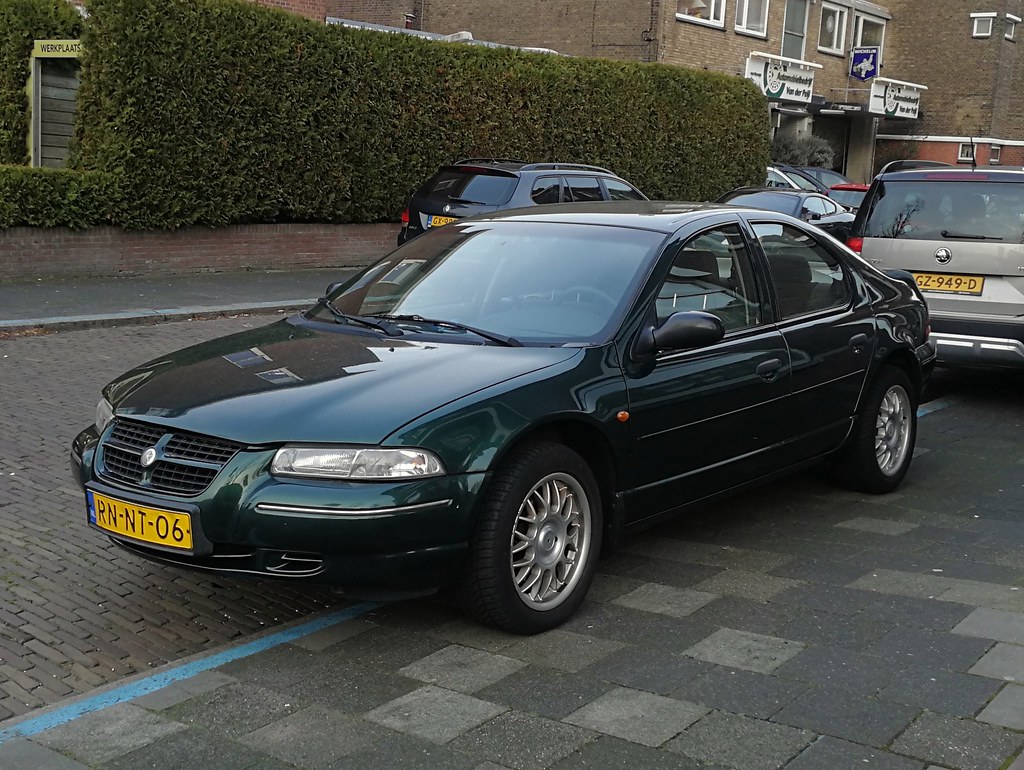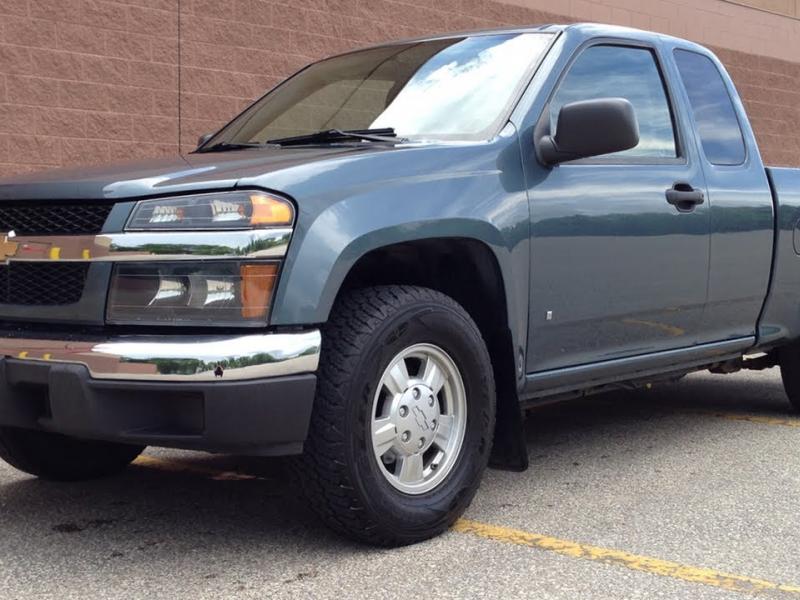How to Tell If a Classic Car Is Worth the Repair
Who says there’s no such thing as love at first sight? There’s love, and then there’s infatuation, and it takes a wise man to know the difference.
So somebody wants to sell you his old ‘69 Chevy. You don’t mind giving a little love to that set of wheels, but is it going to break the bank (or your heart) in order to get it to back to gorgeous condition? Well, here are five ways to determine whether or not your infatuation will get you hitched to a problematic relationship with a fixer-upper or if this will be the beginning of a loving match made in your garage.
1. Rust Is Not Kind (On Your Wallet)
I’ve known more than a few mechanics and classic car enthusiasts in my day, and there’s certainly one fact they can all agree upon: Rust is like car cancer. Corrosion from oxidization will gut even somewhat newer cars from bumper to bumper if it’s left unchecked.
Especially on classic cars, this is a major problem, since certain parts may not be easy to find, meaning that you might have to get them fabricated. If that’s the case, then I’d walk away. If the frame’s rusted, it may have been a flood car. However, if you’ve got a classic that’s spent most of its time in drier climates, then there’s a good chance that this one’s a keeper.
2. Paperwork? If Not, Then Stay Away.
If your seller doesn’t have any paperwork on the car — no registration, no title, or even a half-century-old receipt — then don’t even consider shelling out your dollars.
If you become the new owner, then you’ve just picked up a new liability that puts you directly in the DMV’s line of fire. They don’t like unregistered vehicles without paperwork and will certainly make sure you’re aware of that fact when you pay the fines.
3. Take It For a Test Drive If Possible
Hop in and give her a test drive. See how she feels, shifts, brakes, etc.
This is where you’re going to have to trust your intuition, because it’s not always easy to determine if there’s a problem. However, you can usually tell if the timing is off or if it’s there’s something wrong with the way she purrs. This should also give you a chance to ask the seller a question or two about the vehicle while on your test drive. Just take what they say with a grain of salt because at the end of the day, their goal is to have your money in their pocket. Use open ended questions like “what kind of problems has the engine had?” instead of “has the engine had any problems?”
If you can’t test drive it, then walk away (or strike a bargain for a song). That could means it’s not registered, isn’t running properly, or might not run at all.
4. Look Under the Hood
Frankly, you probably shouldn’t be looking to drop your dollars on a fixer-up car if you don’t know anything about working on older classic car engines, so naturally having yourself a look under the hood should give you an idea about what kind of work you’ve got ahead of you.
But again, let me reiterate by saying that if the car’s got rust under the hood, then leave this deal on the table and wait for the right one to come by.
5. Add up the cost of the parts you’ll need.
Saying “it needs a little work” could mean $100, or it could mean $10,000. To add the cost of repair into your decision, make a list of the parts you’ll need and then find prices online. Not all car parts are priced equally. For example, a carburetor for that 69’ Chevy might be around $165, one for a 69’ Mustang could be $300, and one for ’69 Porsche 912 will cost you $700.
6. The Little (Big) Things Matter
One of the most basic reasons for even purchasing a classic car is for the “little” things, like upholstery, emblems, ornaments, logos, dials and all the things that have made the car what it is: a classic collector’s item. If you’re missing or replacing half the interior and original parts, then it might be worth your while to keep shopping.
A dirty, dusty interior can be cleaned with a little loving elbow grease, but ripping up and replacing everything might just defeat the purpose of why you’re buying a classic in the first place. Of course, if your whole reason in getting the car is to restore it, then go ahead, and have fun!





